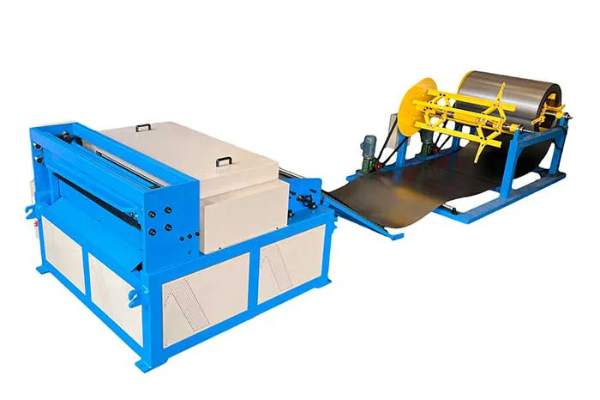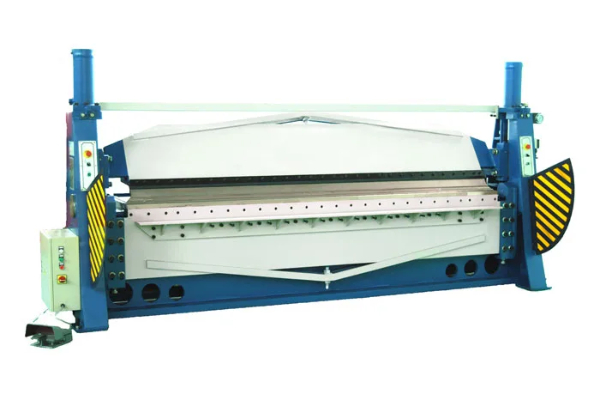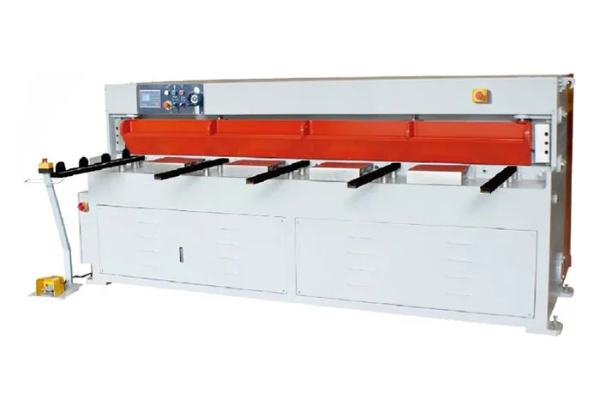
Overcoming Common Challenges in Metal Cutting with Steel Strip Cutting Machines
- By:Metmac
- 2024-06-03
- 97
Steel strip cutting machines are essential tools used in various industries for cutting metal strips to precise specifications. However, metal cutting processes often encounter challenges that can impact productivity, quality, and safety. This article explores the common challenges in metal cutting with steel strip cutting machines and provides effective solutions to overcome them.
1. Precision and Accuracy
Achieving precision and accuracy in metal cutting is crucial for producing high-quality components. Steel strip cutting machines must maintain tight tolerances and minimize material deviations to meet specifications. One common challenge is blade dulling or wear, which can lead to inaccurate cuts. Regular blade maintenance, including sharpening or replacement, is critical to ensure optimal cutting precision. Additionally, proper machine calibration and alignment, as well as using the correct blade type for the specific material being cut, further enhance cutting accuracy.
2. Edge Quality
The quality of the cut edge significantly influences the performance and aesthetics of the final product. Burrs, dross, and oxidation are common challenges that can compromise edge quality. To prevent burr formation, using sharp blades and optimizing cutting parameters, such as feed rate and cutting speed, is essential. Removing dross and oxidation can be achieved through post-processing techniques like deburring or surface treatment. Additionally, using lubricants and coolants during the cutting process can minimize heat-induced edge degradation.
3. Productivity
Maximizing productivity is vital for efficient metal cutting operations. Slow cutting speeds, frequent blade changes, and machine downtime can significantly impact production rates. Upgrading to high-speed steel strip cutting machines equipped with advanced cutting technologies can enhance throughput. Automation, such as automatic blade indexing or material handling systems, can further improve productivity by reducing manual intervention and increasing machine utilization. Optimizing cutting parameters and implementing proper maintenance schedules also contribute to minimizing downtime and enhancing overall productivity.
4. Safety
Safety is paramount in metal cutting operations. Common hazards include rotating blades, flying debris, and exposure to noise and fumes. Implementing proper safety protocols, such as wearing personal protective equipment (PPE) and using safety guards, is essential to minimize risks. Regular machine maintenance and adherence to recommended operating procedures help prevent malfunctions and ensure safe operation. Additionally, using advanced noise reduction technologies and effective ventilation systems can minimize exposure to hazardous conditions.
Conclusion
Overcoming common challenges in metal cutting with steel strip cutting machines requires a multifaceted approach. By addressing issues related to precision, edge quality, productivity, and safety, manufacturers can optimize their cutting processes and achieve superior results. Regular maintenance, proper blade selection and handling, advanced cutting technologies, automation, and a commitment to safety are key factors in driving efficiency, enhancing product quality, and creating a safe and productive work environment.
-
Reliable Sheet Metal Equipment for Sale to Support Precision Fabrication
2025/07/17 -
Advanced Duct Machine AC and Fabrication Solutions from Metmac
2025/07/12 -
The Advantages of Using a Sheet Roll Forming Machine in Manufacturing
2024/09/14 -
How to Optimize Your Laser Sheet Cutting Machine for Maximum Performance
2024/09/12
-
Precision Sheet Metal Shearing and Forming Machines for Efficient Steel Processing
2025/08/02 -
Versatile Sheet Metal Equipment and Press Machines for Precision Fabrication
2025/08/02 -
High-Precision Solutions for Sheet Metal: Laser Cutting and Folding Machines
2025/08/02 -
Innovative Solutions from Leading Duct Machine Manufacturers
2025/07/21
-
A Guide to the Latest Innovations in Sheet Metal Folding Machines
2024/11/29 -
Key Features to Consider When Investing in a Sheet Metal Folding Machine
2024/11/28 -
Enhancing Precision with Advanced Sheet Metal Folding Machines
2024/11/27 -
How to Choose the Right Sheet Metal Folding Machine for Your Workshop
2024/11/26





